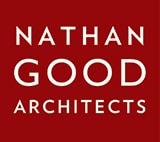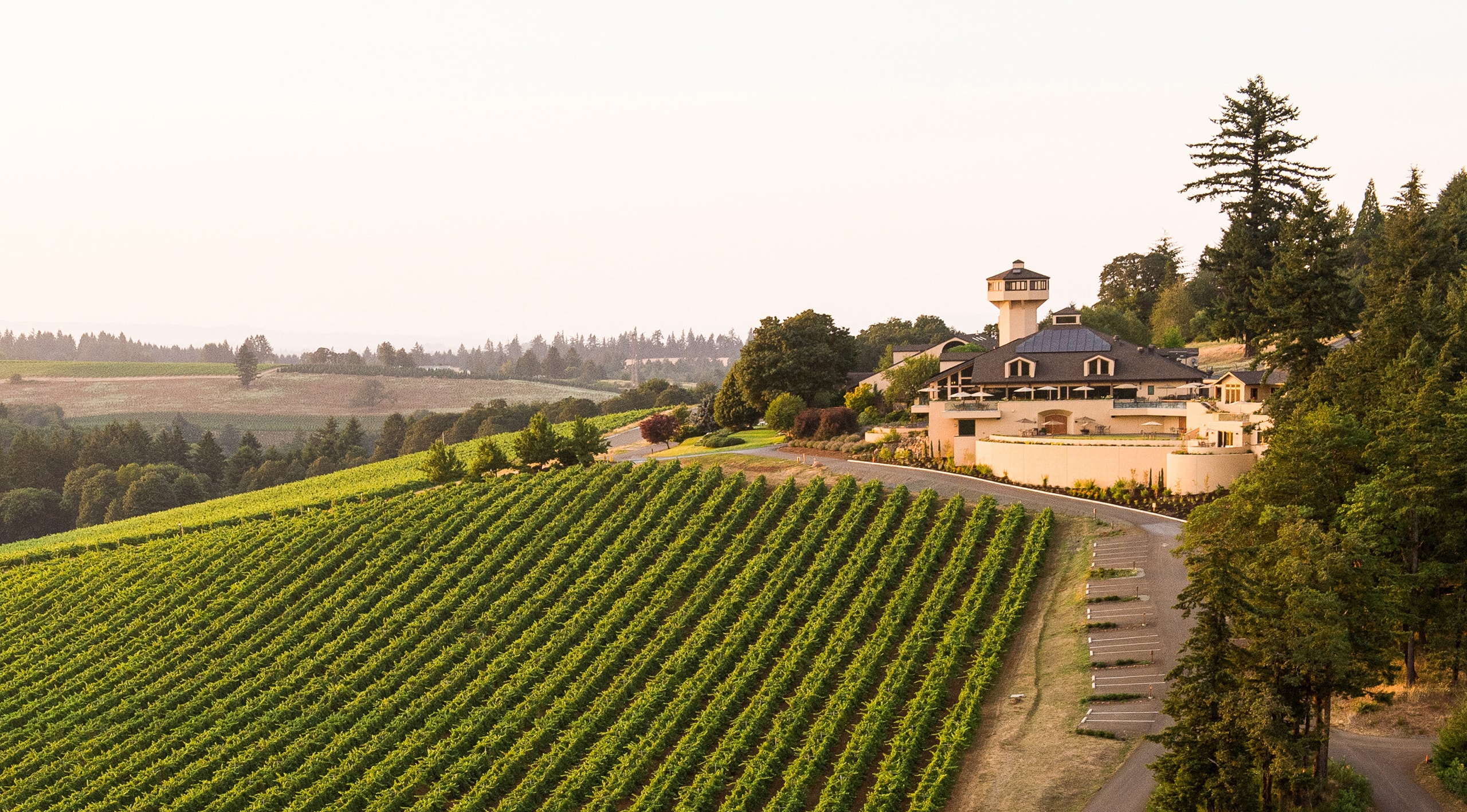The following is excerpted and updated from this original article, authored by Nathan Good in 1990 for Wines & Vines.
It is difficult to find a vintner in Northern California who will dismiss the value that architecture plays in the development of a winery’s image. Architecture is used to attract visitors to the tasting rooms and as a contributor to premium wine sales. A wine’s value and appreciation is easily influenced by such subjective factors as the opinions of others, personal experiences, and the sensory information of taste and sight. As a personal product, premium wines characteristically reflect the preferences of the maker.
Sometime around 1650, during the reign of Louis XIV, Arnaud de Pontac scribed his family name and that of his château in the Bordeaux region of France, Haut-Brion, onto the containers of his “premium wines.” During a period of history rampant with wine fraud (mixing, diluting, and spoiling), Pontac laid the foundation for what we refer to today as estate bottling, appellation designations, and the use of the château to register the commitment of the vintner to the quality of the wine. These innovative marketing techniques were successful to Pontac, resulting in his name and the image of his château becoming associated with the finest wines of France at the time.
This technique was repeated three centuries later by the wine merchants of Bordeaux. Attempts to classify wines during the middle 1800s resulted in the designation of “château wines,” or those wines produced and bottled on estates with notable architectural edifices. The wine merchants and landowners of the Bordeaux region, seeking to improve the designation and notoriety of their wines, hastened to add stately mansions to their estates. The “Classement of 1855” listed only five wines with the château designation. Nineteen years later the classification listed 700 châteaux, which rose to 1,300 by 1893. As writer Hugh Johnson noted, “It was a poor vigneron indeed who could not afford at least one turret tacked onto his farmhouse, to lend credence to the title châteaux.”
The creation of thoughtfully designed architecture is the ultimate signature of commitment a vintner can make in the creation of fine wines. Wineries are notorious for creating what author Fritz Steele refers to as, “Place envy, the feeling of wanting to be the people that you see when you are visiting a new setting. You feel envy for them and their place, even though you may in fact live in one that is far more interesting and better suited to your own style. You want to be able to try out the setting enough to get to know it and to know yourself in it.” Wineries host a multitude of fantasy-releasing enzymes: the heritage and culture of wine and its production, simple or culturally-refined buildings in the agrarian landscape, or storied and legends tied to a place.
Wineries are unique from other product industries in that they can benefit immensely from the direct sales of their wine to visitors. The intention of wineries with tasting rooms is not only to stimulate on-site sales, but also to create a memorable tasting and visual experience for visitors, resulting in their loyalty as consumers after they return home. For the former visitor, the architectural portrait on the label becomes the symbol of the visitor’s positive experience at the winery and may contribute to enticing the wine shopper into a purchase. Architectural stories are characteristic of the wine industry. The stories and their architectural representations have added a dimension to the wine industry, which distinguishes it from other consumer products.
Stories can be built around a family’s history in the wine industry, as with the Kunde’s transformation of a barn which has been on their Valley of the Moon property since the 1880s. Oakville winemaker and architect William Turnbull designed his small winery as a thesis to his concerns for the preservation of the agricultural qualities of the Napa Valley. Fairsing Winery’s tasting environment was designed by our firm to celebrate the Irish heritage of the winery’s owners. Aligned to a seven-circuit circular labyrinth, the tasting room’s radial design acknowledges the labyrinth’s important historical mysticism and spirituality. Our redesign of Willamette Valley Vineyard’s tasting rooms incorporated the winery’s desire for a distinctive Northwest look, reflecting its casual elegance and focus on sustainability.
Architecture is a language available to individuals of all cultures, economic backgrounds, and ages. Architecture, like poetry, can be composed and read literally, figuratively, or abstractly. It can be used to transmit information, convey ideas, profess truths, stimulate questions, or provoke the senses. Some architectural creations are skin deep; all you need to read and understand their contents is their cover. Others can convey multiple messages, utilizing a rich language, stimulating thought and inspiring understanding. As architect Charles Moore noted, “A skunk has but one trick, a fox several.” Vignerons with significant and noteworthy, if not prophetic, intentions may lead to architectural manifestations beyond the level of romance novels. It is conceivable that the vintner and architect’s collaboration could result in meaningful architectural prose. Or, even poetry.

